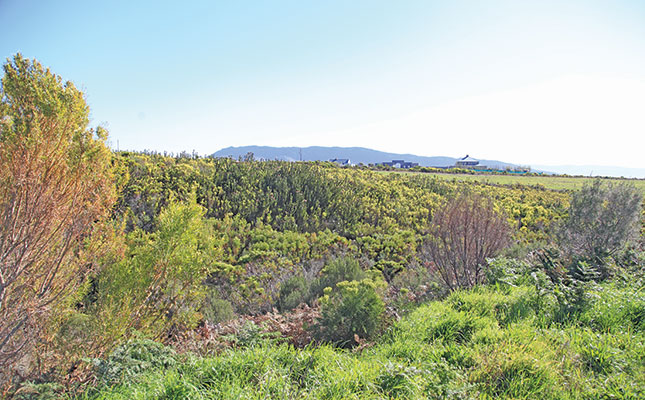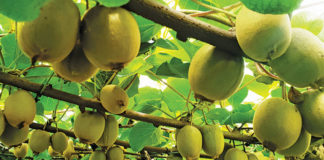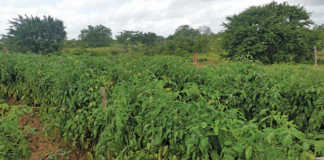
They saw the fingerprints of a rare molecule that could be produced by living organisms.
After having read two reports published in September detailing the decline of Earth’s natural biodiversity, I cannot help but fear that we too might be headed in a direction where the only indication of life on this planet will be chemical compounds and single-cell organisms that settle in dust clouds in our atmosphere.
READ SA water crisis: Climate change not the only culprit
You don’t even have to believe in climate change (but you should!) to acknowledge that the effect humans have had on the planet has been disastrous.
We have burnt, chopped down, slaughtered and polluted the natural resources that we depend on to sustain us to the point where our appetite for consumption now requires almost an entire second planet in order to be satiated.
The World Wide Fund for Nature’s (WWF) ‘Living Planet Report 2020’ says that we now require 1,56 times more resources than the amount that Earth can regenerate.
It is not only the tigers, panda bears, coral and the Amazon that are disappearing; it is our entire natural system of soil, water, plant life, insects and animals of all shapes and sizes that are under serious threat.
READ Biodiversity: a valuable ally for the farmer
Soil erosion and loss of soil biodiversity are speeding up globally. More than 85% of the area of wetlands has been lost. One million species of plants, animals and insects are being threatened with extinction.
The 2020 global Living Planet Index, the central indicator used for the WWF report, shows an average 68% fall in monitored populations of mammals, birds, amphibians, reptiles and fish between 1970 and 2016.
The Global Biodiversity Outlook 5, published by the UN Convention on Biological Diversity, paints an equally grim picture.
The report measures the progress made with 20 global biodiversity targets agreed in 2010 by countries across the globe with a 2020 deadline.
READ WWF partnership to support SA wines’ ‘green’ credibility
Out of the 20 targets, only six were “partially achieved”. This report makes it clear that the world is failing to address a catastrophic biodiversity collapse.
It states that governments around the world spend $500 billion (over R8 trillion) per year on environmentally harmful initiatives, while total public and private financing for biodiversity came to less than $90 billion (R1,47 trillion).
But everything is not lost. As the UN reports shows, there has, in the past five years, been a slight drop in the rate of deforestation; about 163 million farms (29% of all worldwide) are now practising sustainable intensification, and as many as 48 bird and mammal species have been prevented from going extinct thanks to conservation actions since 1993.
But this is not nearly enough. Agriculture has been a major culprit in causing the biodiversity loss that Earth has suffered during the past century, but it is for this very reason that farming can play a crucial role in halting the decline, and more than that, in leading the recovery.
Farmers, this is your moment. The planet is in your hands!











